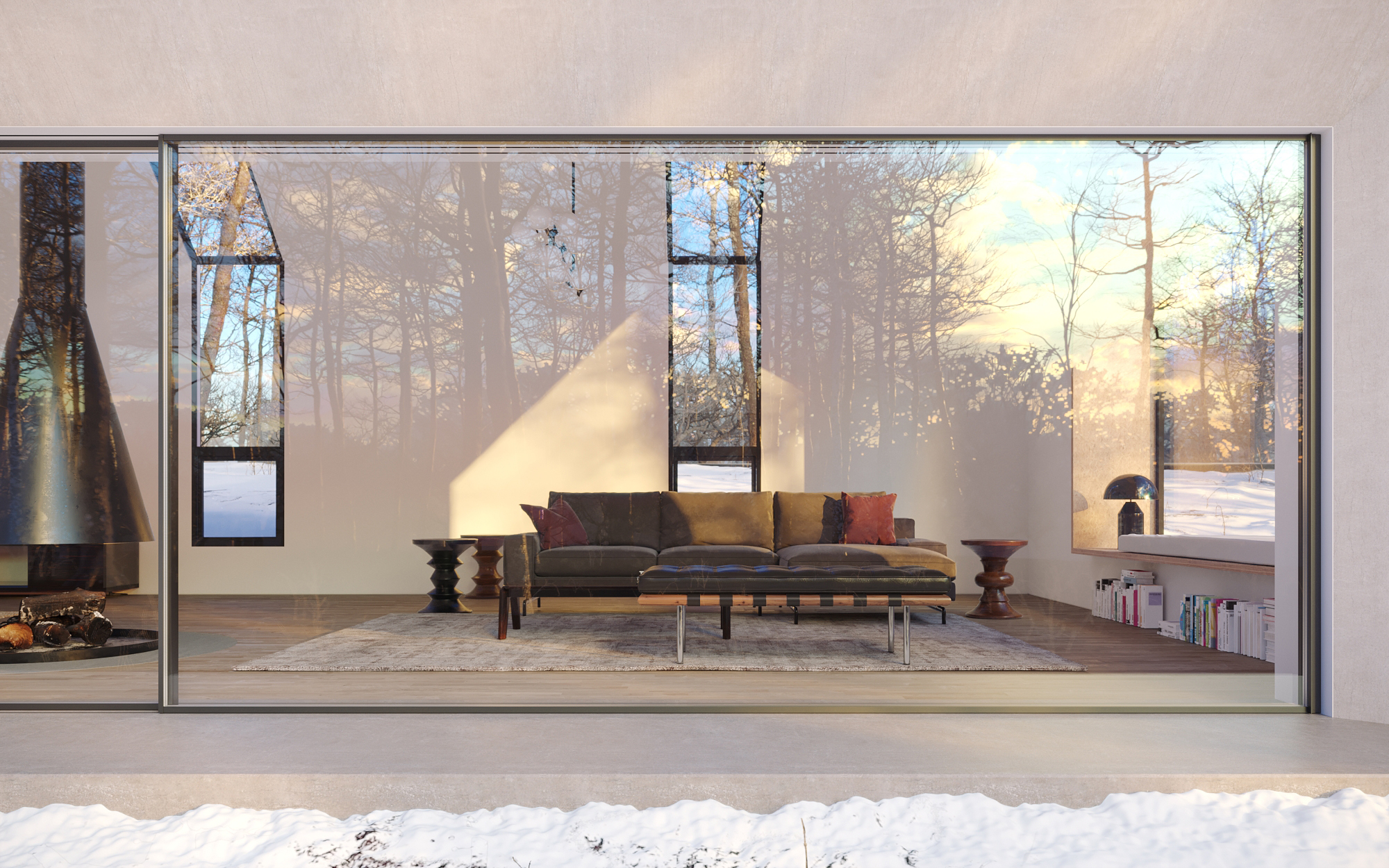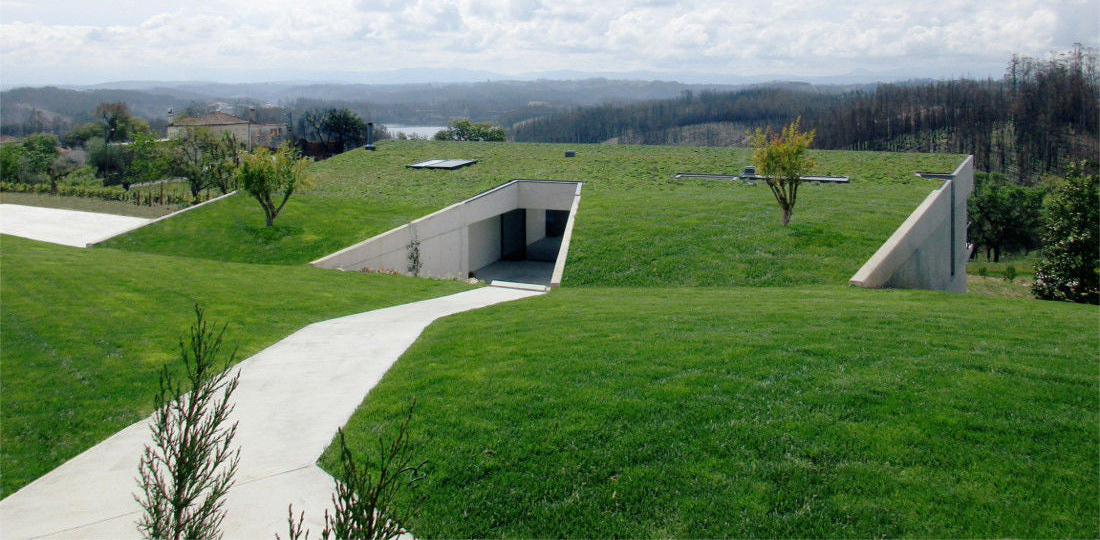Architects: Want to have your project featured? Showcase your work by uploading projects to Architizer and sign up for our inspirational newsletters.
On the coast of Miami-Dade county, southeastern Florida, lies the City of Miami. With a population of around half a million people, Miami is recognized as the 44th-most populous city in the United States. In the past few years, that number has skyrocketed. In fact, between July 2020 to July 2021, the entire population of Florida increased by approximately 211,196 people, raising the total population to around 21,781,128 — and it’s not stopping there. Despite rising sea levels and increasingly severe tropical storms, the sunshine state is expected to reach over 22-million people by the same time in 2022. Of all of its cities, Florida’s fastest-growing is Miami; it has also just become the most expensive housing market in the US.
As Elon Musk proposes a Tesla tunnel for the city, there are many factors contributing to the mass migration to Miami, beyond the obvious notoriously good weather and coastal allure. Favorable tax policies, a thriving economy, low rates of unemployment, crime rate and homelessness, and an expanding tech and cryptocurrency sector have earmarked Miami as the next Silicone Valley. As we all know, in 2022, wherever tech goes, people go; where tech goes, money is never far behind. With the help of the Covid-19 pandemic and the subsequent widespread work-from-anywhere mindset, more and more Americans left the familiar hubs of New York and California. They headed straight for the golden beaches of an increasingly prosperous Miami.
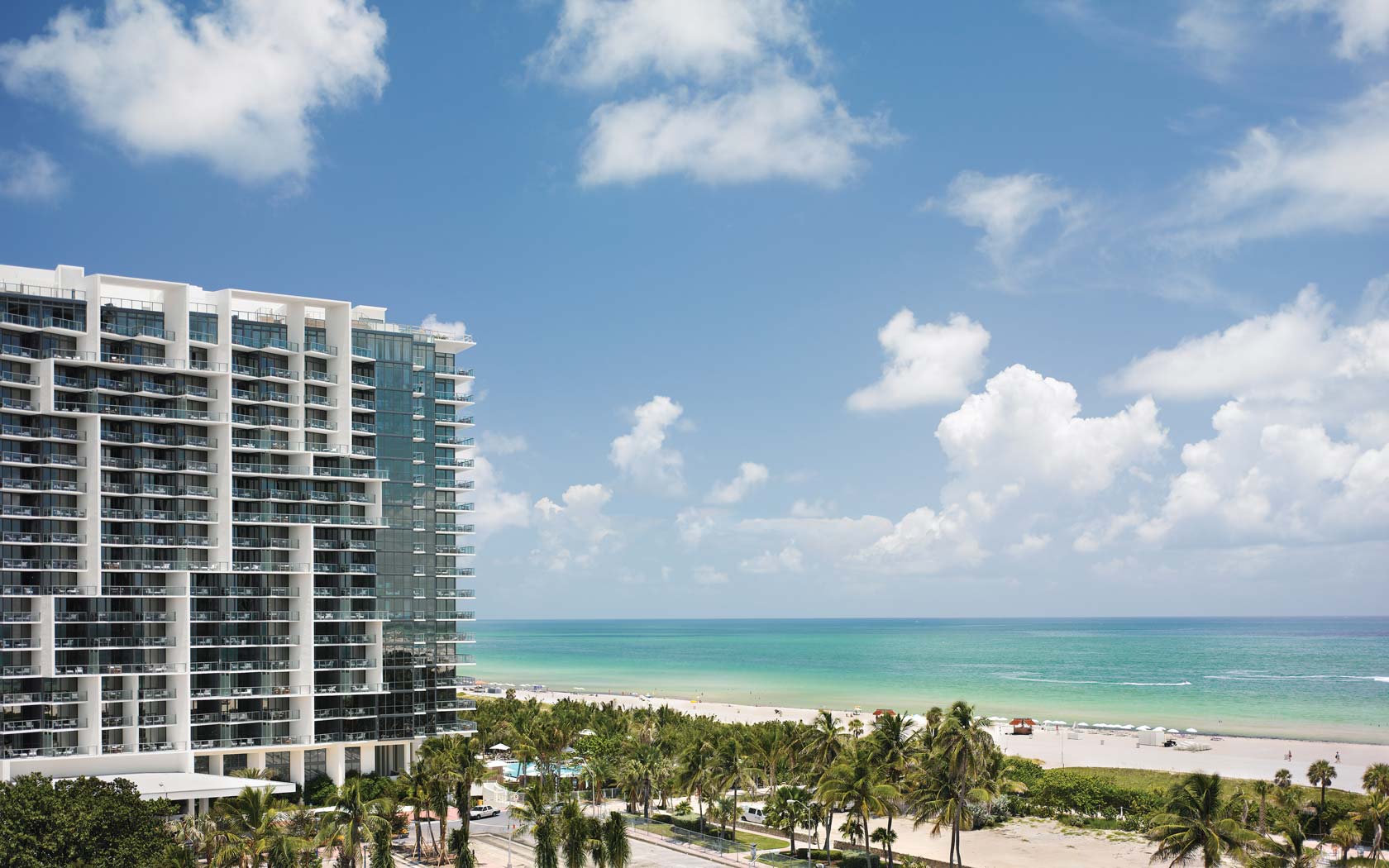
A view of the idyllic South Beach, W Hotel South Beach by create architects, Miami, Florida
Unfortunately, within every fairytale, there is undoubtedly an obstacle — a big bad wolf or a wicked witch. In the context of migration to Miami, that evil stepmother is housing. Miami is an aging city, not in terms of residents, but in terms of architecture. The world witnessed the devastating consequences of this in late June 2021, when 98 people tragically lost their lives as the Champlain Towers South coastal condo apartment block collapsed. Water penetration and corrosion have been cited as the cause of the 40-year-old building’s failure. Yet, the tower is just one of many properties around the city that have been highlighted as unsafe and unfit for habitation.
Despite the masses of poor-quality housing that litter the City of Miami, a “for sale” sign is something akin to gold dust. As more and more people flood the city, property is being accumulated at an unprecedented rate. The reality is there aren’t enough properties to go around as development lags mercilessly behind the population boom. The impact is intense bidding wars and inflated property prices, all cumulating in unaffordable rentals. The people of Miami are being priced out of their own neighborhoods or forced to remain in properties deemed unsafe with nowhere else to go.
While the city, building owners and, in turn, architects and engineers, must act to prevent tragedy from striking yet again, new buildings continue rise at an unprecedented rates. Some of the biggest names in architecture have now turned their attention to Miami. While many of these buildings may not address the obvious lack of affordable housing, they represent a new era of safer — albeit luxury — buildings in an increasingly wealthy city.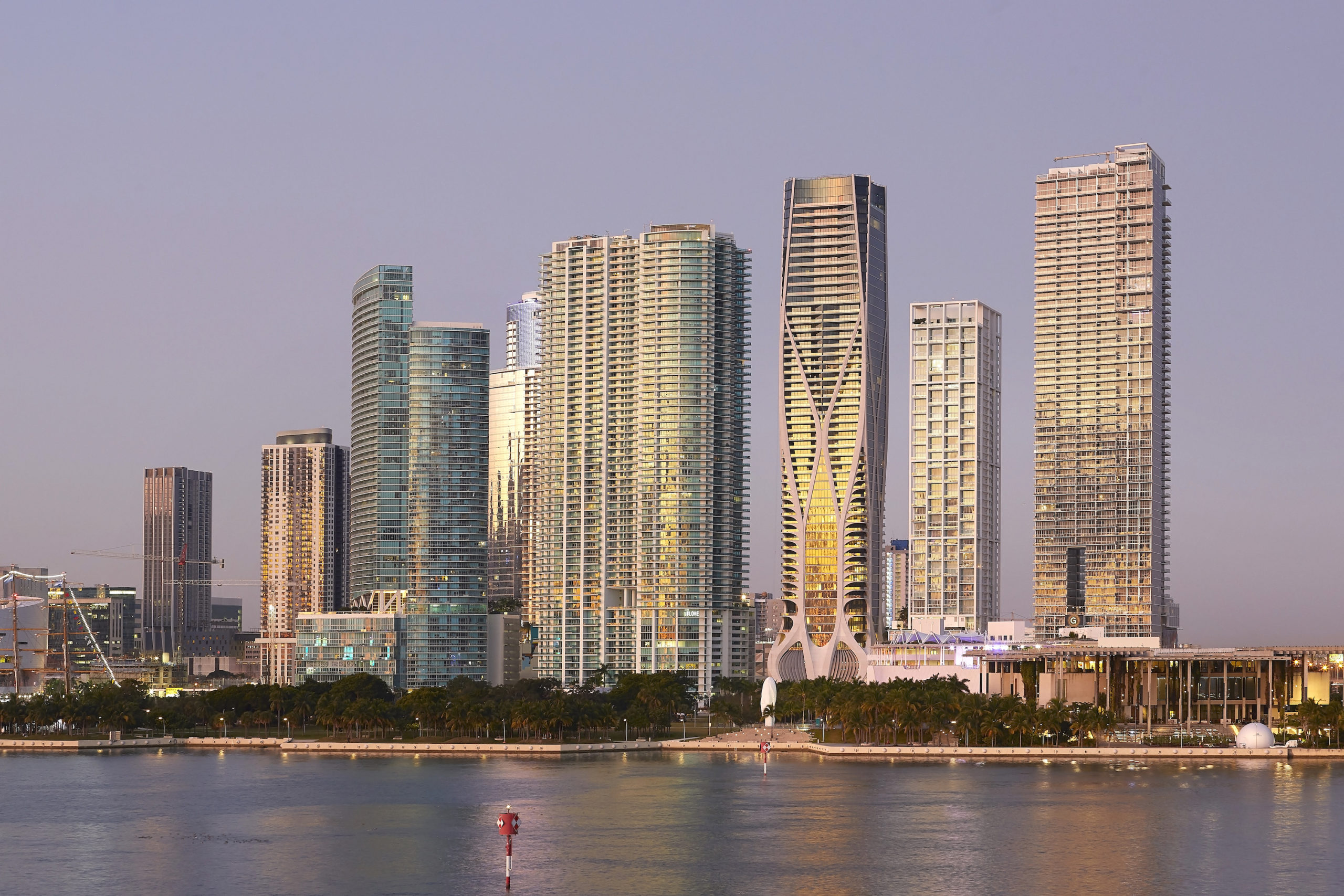
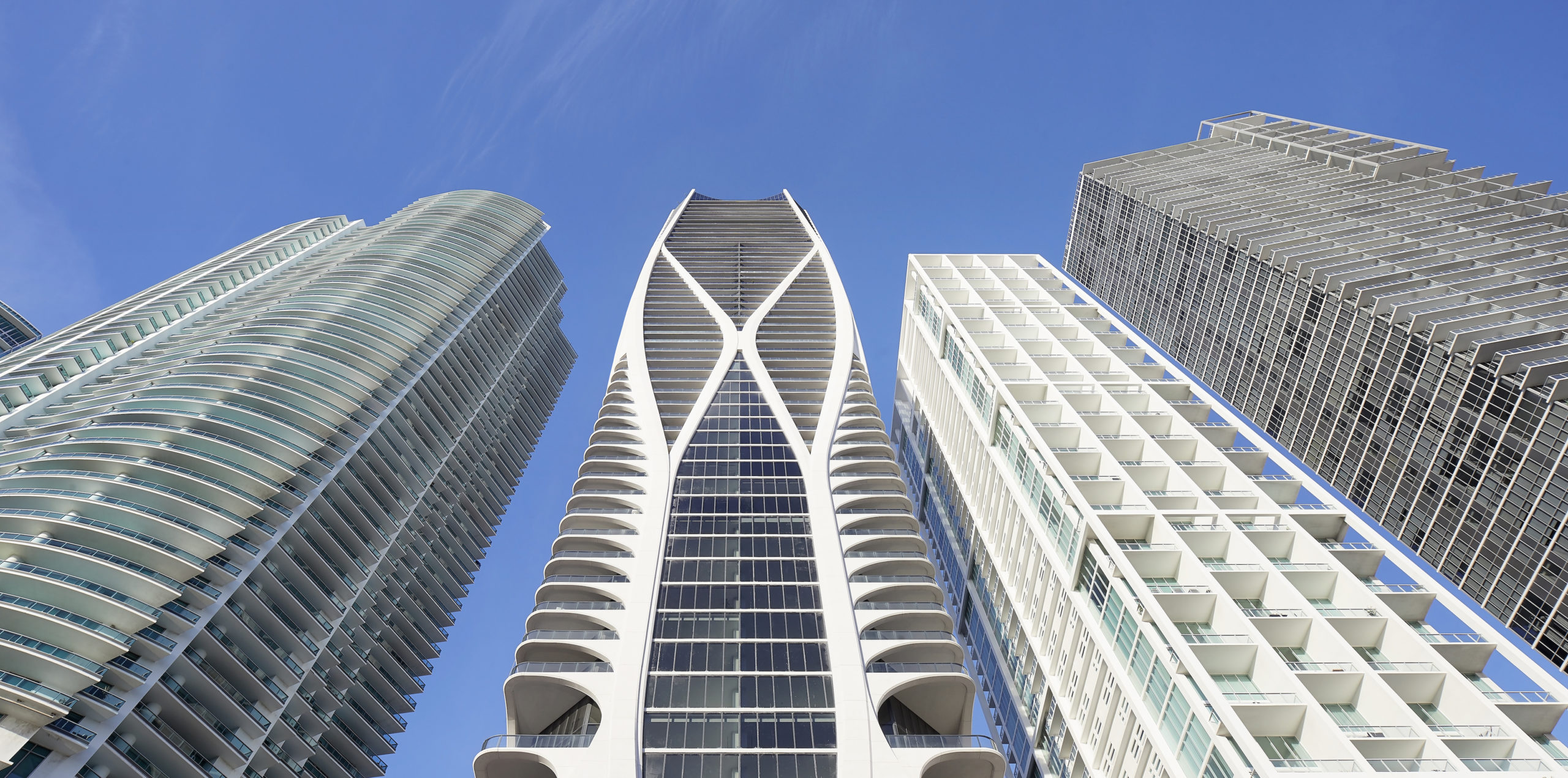
One Thousand Museum by Zaha Hadid Architects, Miami, FL, United States Photographs by Feinknopf
One Thousand Museum is a 62-story residential tower opposite Museum Park in Miami. The tower’s design continues Zaha Hadid Architects’ research into high-rise construction. The building’s concrete exoskeleton structure has a facade of flowing lines that integrate lateral bracing with the structural support. Expressed as one continuous frame, the columns at the building base fan out as the tower rises to meet at the corners, forming a rigid tube. The shape and structure are highly resistant to Miami’s demanding wind loads as its curved supports paired with glass fiber reinforced concrete create a hurricane-resistant building.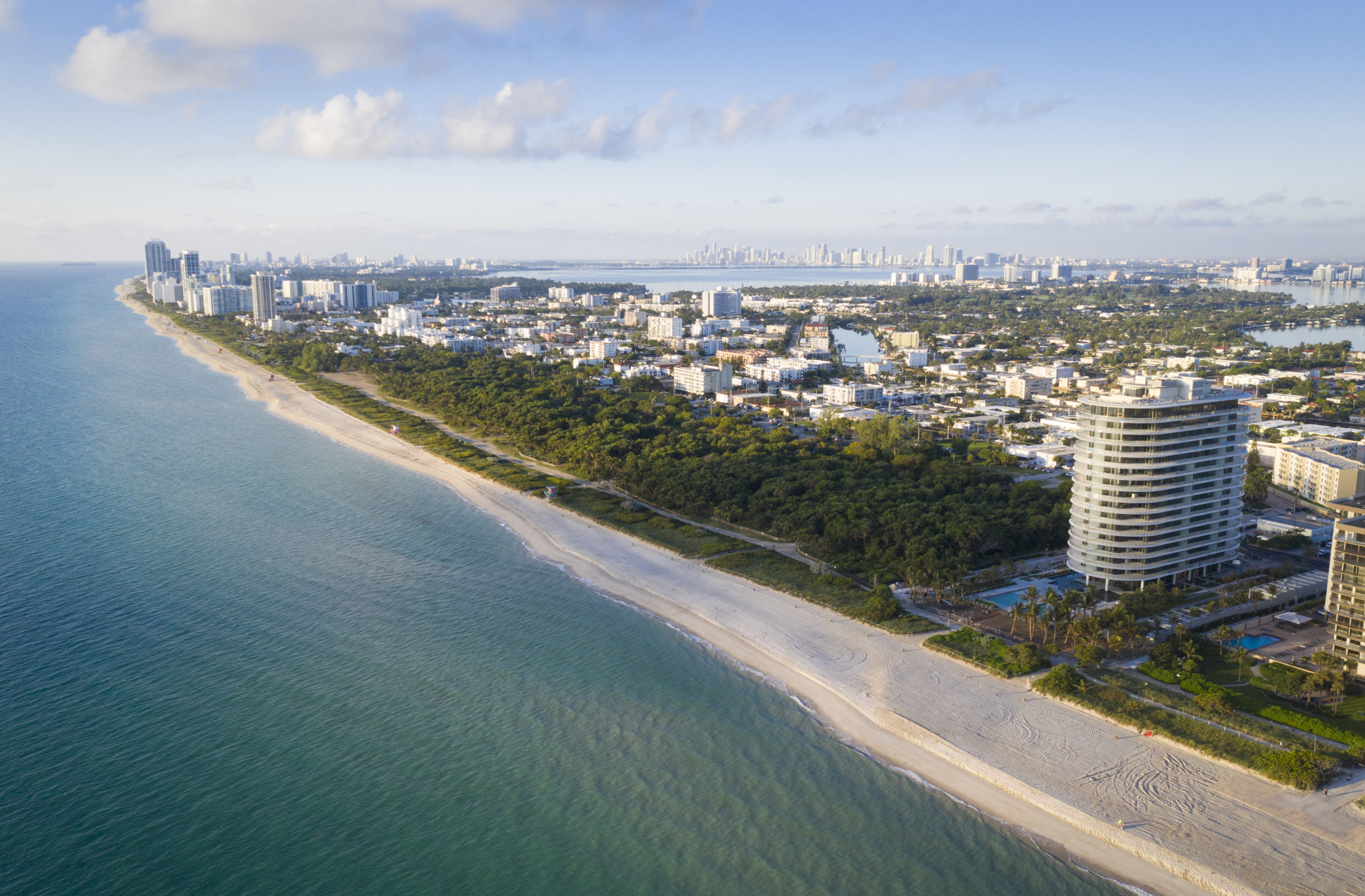
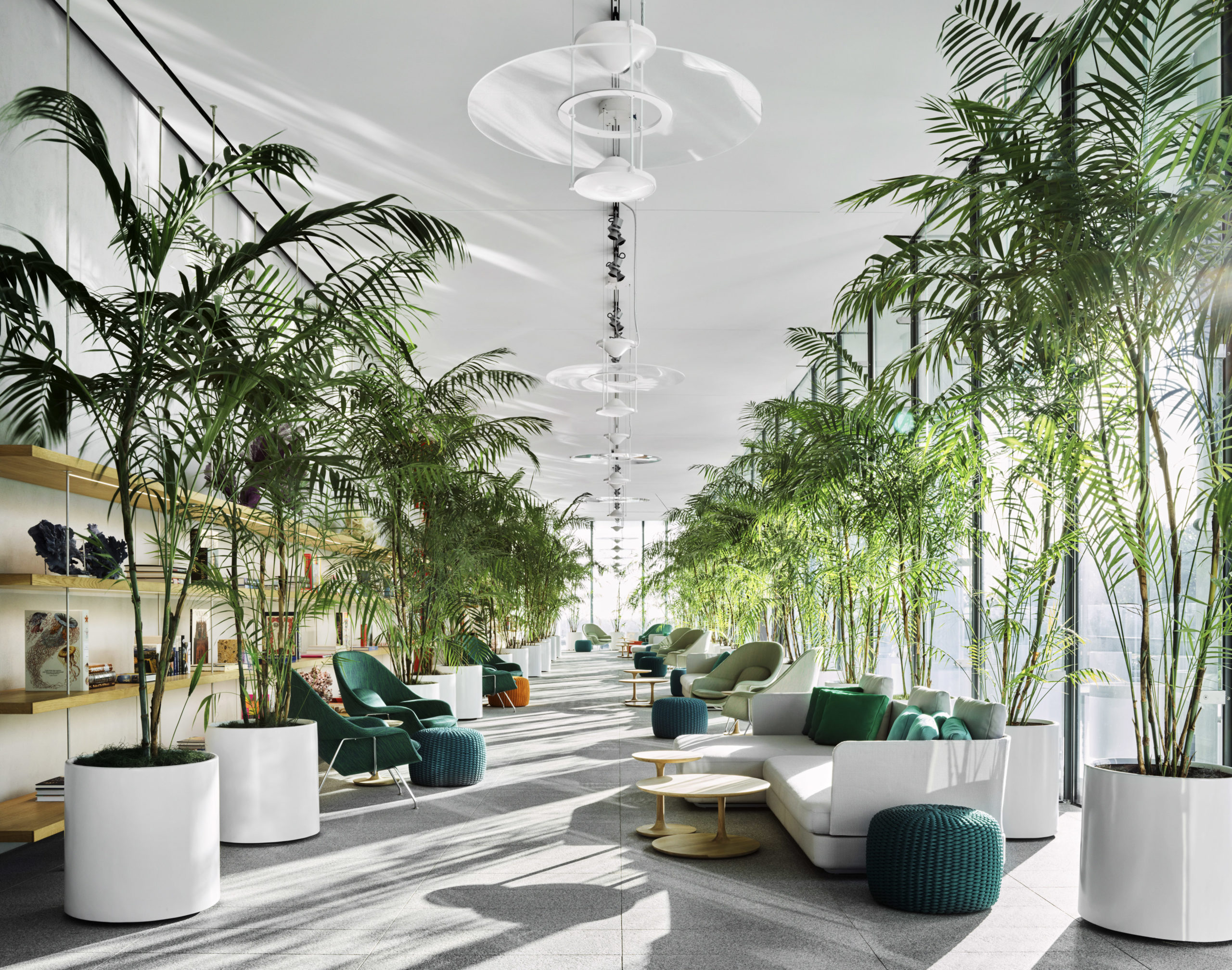
Eighty Seven Park by Renzo Piano Building Workshop Miami, FL, United States Photographs by The Boundary
Eighty Seven Park is only the second residential building by Renzo Piano in the western hemisphere, following 565 Broome Soho in New York. The luxurious condo tower sits effortlessly between land and sea, wrapped in luscious greenery on all sides. The architects capitalized on its stunning location to create an Eden-like property that appears to levitate above endless foliage. The 18-story oval construction is lavish, contemporary and very green. With its expansive views of the Atlantic Ocean, Eighty Seven Park is undoubtedly impressive architecture that leans into its unique Miami placement.
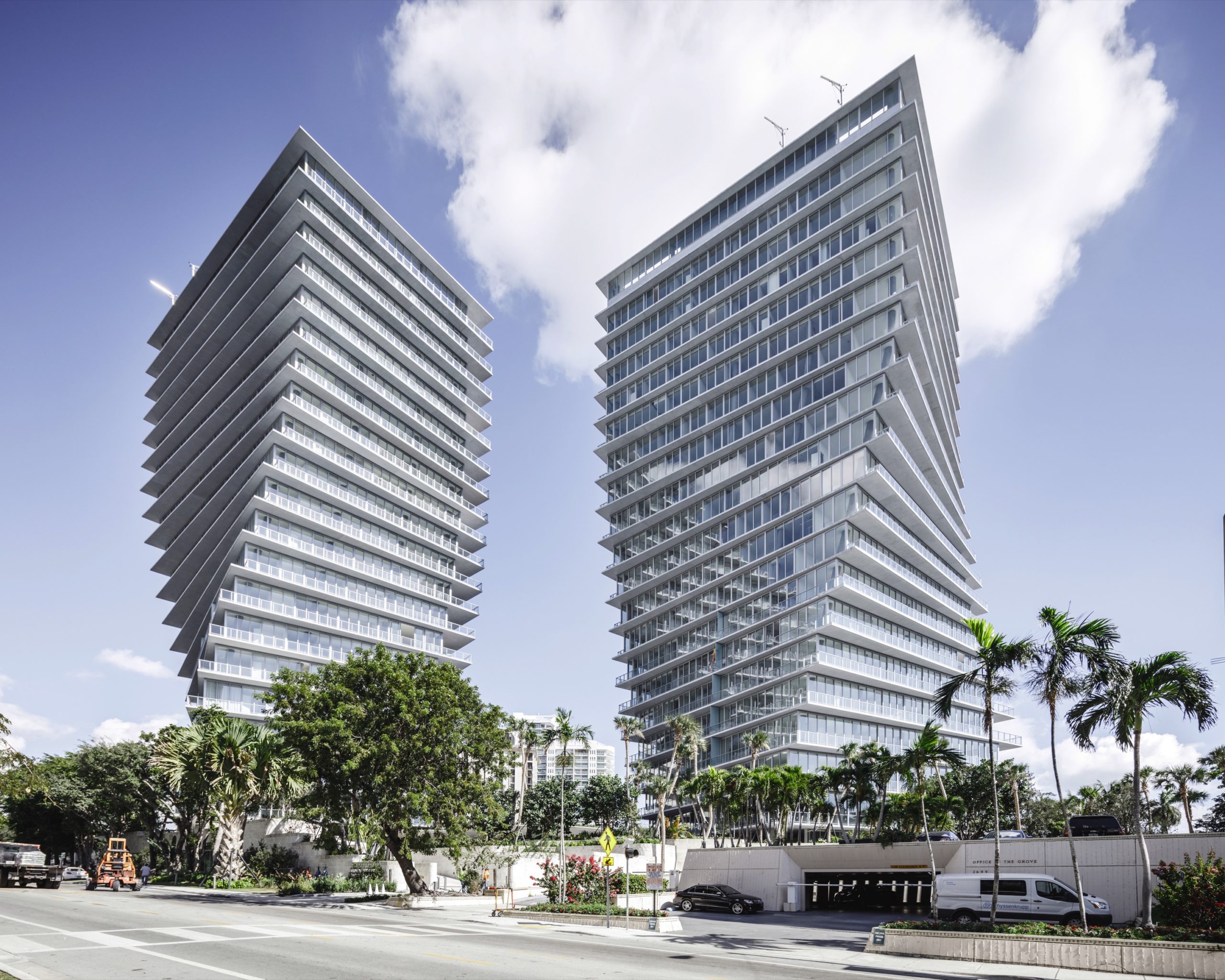
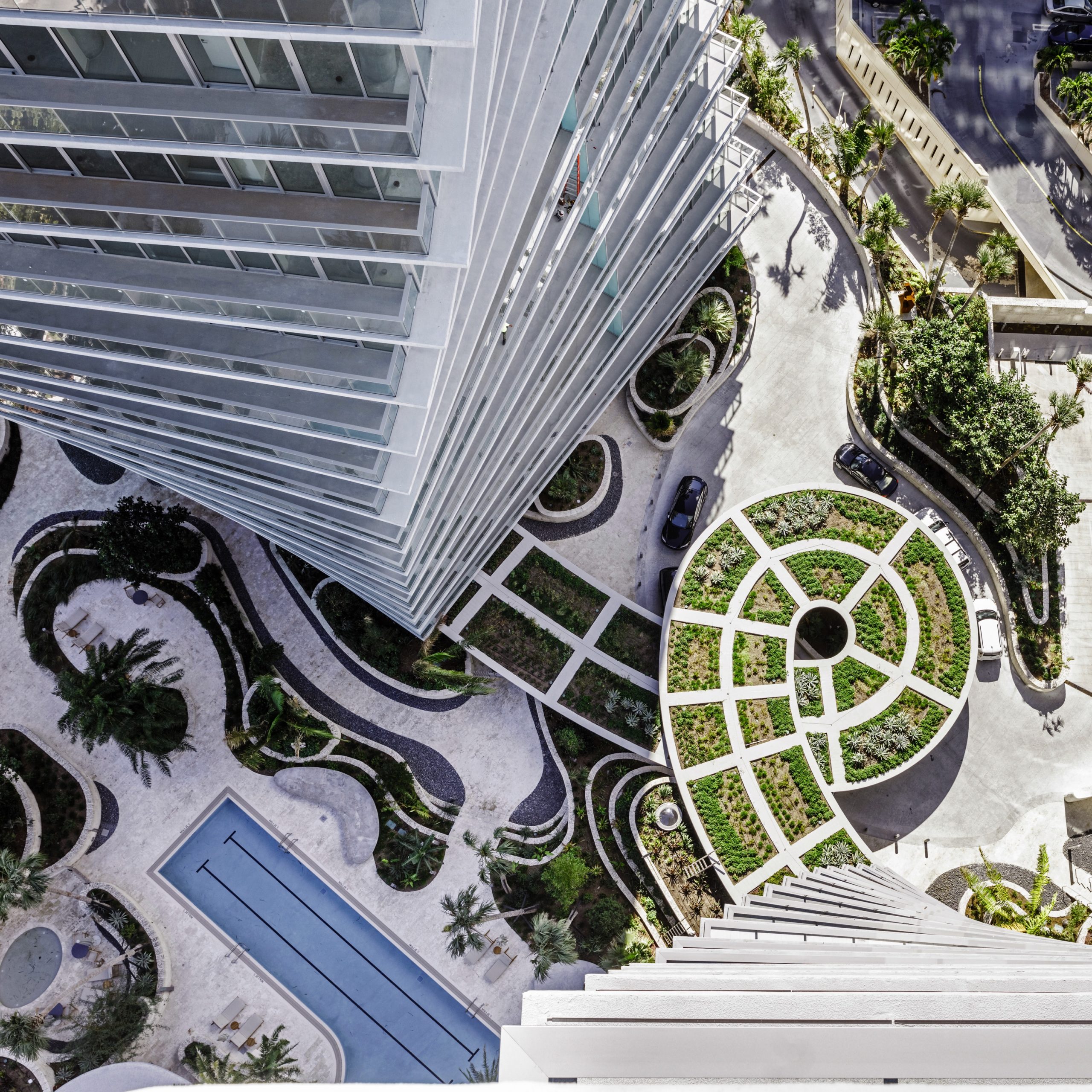
Grove at Grand Bay by BIG – Bjarke Ingels Group, Miami, FL, United States
Unsurprisingly, innovative architecture firm Bjarke Ingels Group was one of the first to step up to the plate and begin the rebirth of Miami with Grove at Grand Bay. A complex and eye-catching pair of towers, the condo buildings adopted unique and innovative technology to achieve their unmistakable twisting appearance. The pair of residential towers were the first in Miami-Dade County to earn LEED Gold Standard. The properties still lead as some of the most desirable buildings to live in Miami, with condo prices reaching up to $8.9 million.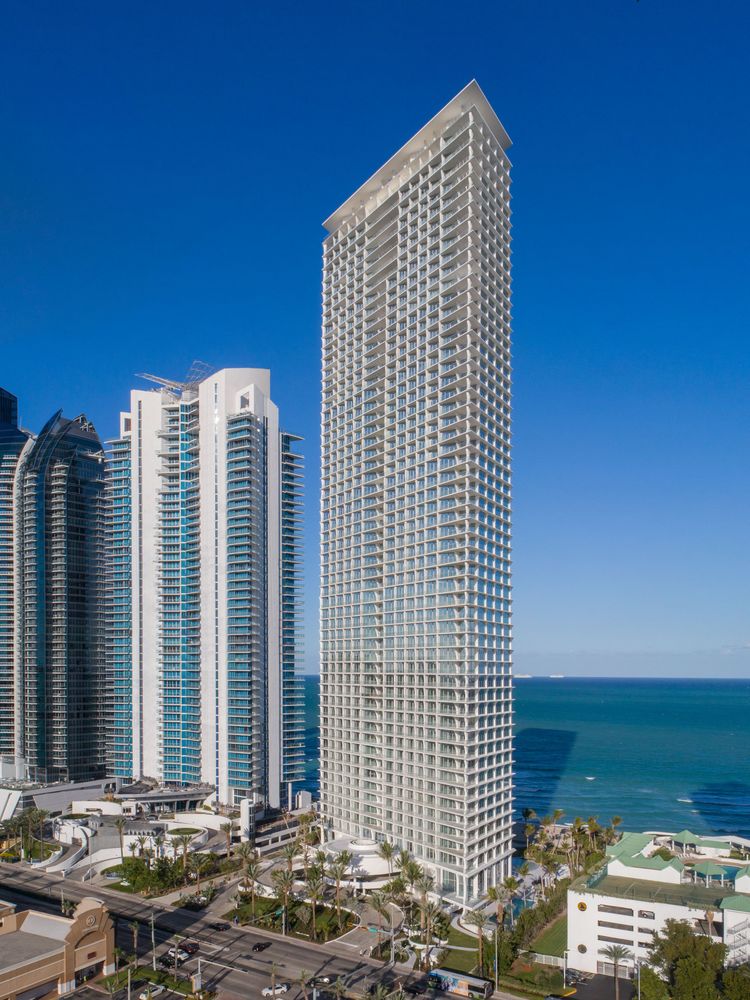
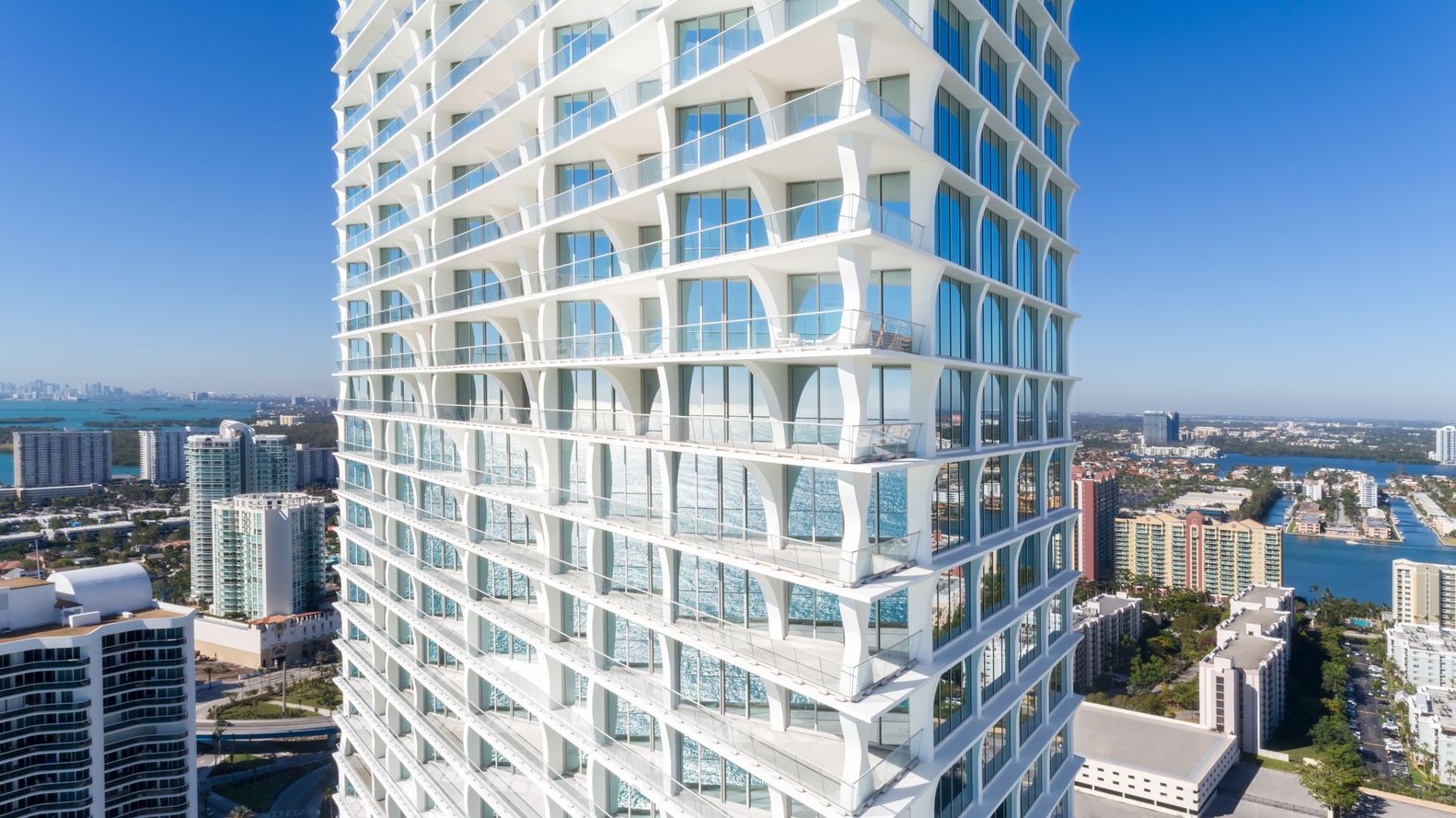 Jade Signature Tower by Herzog & de Meuron, Miami, FL, United States Photographs by DBOX
Jade Signature Tower by Herzog & de Meuron, Miami, FL, United States Photographs by DBOX
Miami’s climate and lifestyle call for a specific approach where its high-rises are concerned. The 53-story residential tower is perfectly orientated to allow maximum sun exposure to the adjacent beach. At the same time, each property is designed with the needs of a Miami resident at the core of its concept. True through units linking both faces of the property provide optimal natural ventilation during the winter months when humidity is at a minimum. Overhanging slabs reach out to provide adequate shade from the harsh tropical sun while heat gain on the facade is minimized, and cooling loads are reduced.
Architects: Want to have your project featured? Showcase your work by uploading projects to Architizer and sign up for our inspirational newsletters.
